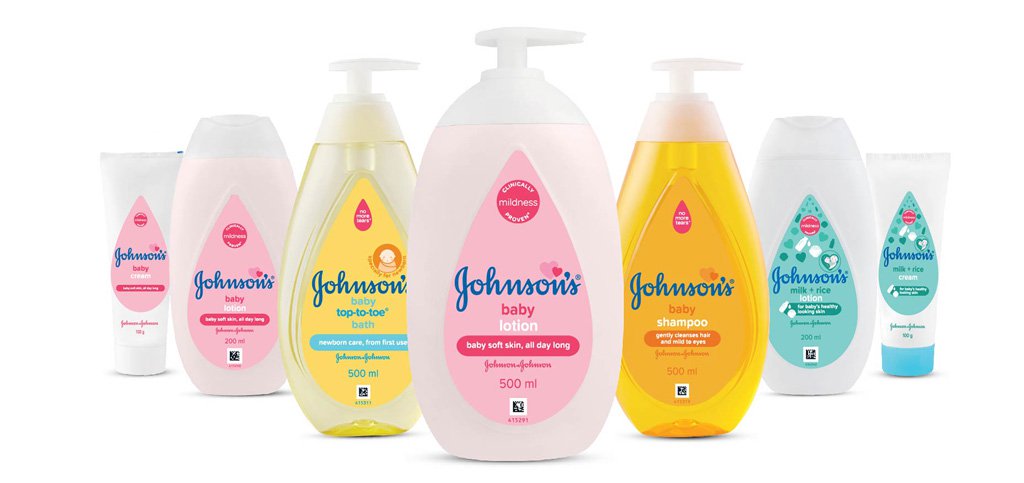An infant's skin microbiome changes over time and gentle bath products shown not to disrupt the developing skin microbiome
Examination of changes in the skin microbiome with baby's first bath
In recent years, research has begun focusing on microbiome technology and its implications for health and wellness. Most people are familiar by now with the gut microbiome and how it impacts digestive health. Less well known is the skin microbiome, which comprises the colonies of microbes that colonize the skin surface. These microbes have a direct link to skin health and immunity.1
An infant's skin microbiome is distinct from an adult's. The colonies of microbes are established via maternal microflora transmission at birth. The method of delivery, whether vaginal or through cesarean birth, affects the types of microbes that are transferred. However, during the first 30 days of life, the microbiome diversifies, and it continues to do so through the first years of life.1
Given that delivery and the first moments of life affect the skin microbiome in infants, this study set out to examine the effect a baby's first bath would have on this delicate ecosystem.1



Method1
This study included 100 infants, 50 of whom had been delivered vaginally and 50 via cesarean-section. All babies were randomized to bathe with a liquid baby wash and water or water alone. Each infant was bathed for the first time within 30 minutes to 2 hours of birth. Before the bath, all infants had samples taken of their skin microbiome.
- The bathtub was filled to 5 inches with tap water (100˚F-102˚F/37.8˚C)
- The baby was wrapped in a swaddle cloth and immersed. The cloth was removed during the bath
- For the liquid wash group, 1 tablespoon of JOHNSON'S® HEAD-TO-TOE® cleanser was used
- The bather used their hands to cleanse the baby, starting with the neck, abdomen, back, and extremities
- Another set of skin microbiome samples was taken 10 minutes after the bath
Results
The prebath samples confirmed a difference in the microbial colonies of an infant's skin microbiome according to the method of delivery.1
The mode of delivery also impacted the effect of the first bath on the infant's skin microbiome. The skin microbiomes of infants delivered via cesarean-section was more affected by the first bath than those of the infants delivered vaginally. Following the first bath1:
- Decreases as well as increases in diversity and abundance of different strains of microbes were observed in the cesarean-section group
- Less variation in diversity and abundance was observed in the vaginal delivery group
The addition of a mild baby cleanser did not alter the effects of the first bath on the infant's skin microbiome in either delivery group.1
Conclusions
With a skin microbiome that evolves from birth through the first years of life, an infant's skin can be nurtured to maximize future health.
This study showed that using a gentle cleanser within the first hours of life did not alter the effect of a bath on a baby's skin microbiome.
This finding underscores the importance of using gentle products on an infant's delicate skin. These products should be designed for a baby's mildly acidic skin pH, retain the water content of the skin, and support the health of the baby's skin microbiome.1-5
REFERENCES
1. Data on File 1, Johnson & Johnson Consumer Inc. (Examination of changes in the skin microbiome with baby's first bath & Longitudinal development of the skin microbiome during the neonatal period).
2. Kennedy EA, Connolly J, Hourihane JO, et al. Skin microbiome before development of atopic dermatitis: early colonization with commensal staphylococci at 2 months is associated with a lower risk of atopic dermatitis at 1 year. J Allergy Clin Immunol. 2017;139(1):166-172.
3. Capone KA, Dowd SE, Stamatas GN, Nikolovski J. Diversity of the human skin microbiome in early life. J Invest Dermatol. 2011; 131(10)2026-2032.
4. Data on File 2, Johnson & Johnson Consumer Inc. (Dynamic Skin Barrier Message Map)
5. Cundell AM. Microbial ecology of the human skin. Microb Ecol. 2016. doi:10.1007/s00248-016-0789-6.
JOHNSON’S® HEAD-TO-TOE is trademarked as JOHNSON’S® TOP-TO-TOE in India. Please refer to our product page to find out more.
Related Content
Gentle bath products clinically shown not to disrupt the infant skin microbiome over the first month of life
Fragranced skin care products can provide added benefits over unfragranced products. But all fragrances aren't created equal.1-3
A bath time routine can reduce stress for mothers and babies, especially when using a gently fragranced, foaming wash
Explore the range of NEW Johnson's® : 100% gentle care. From Day 1.
Guided by our mission to create the gentlest products backed by science, and our desire to address parents’ growing needs – we’ve improved inside and out.





